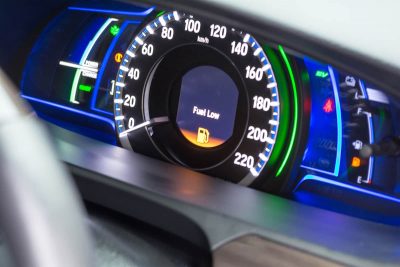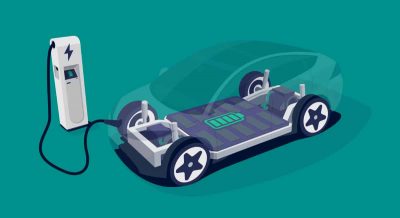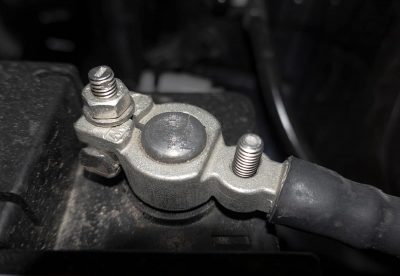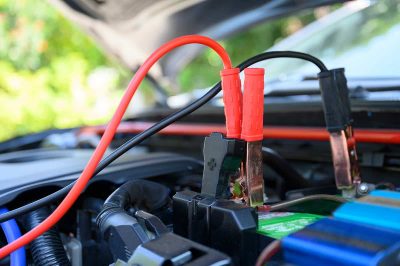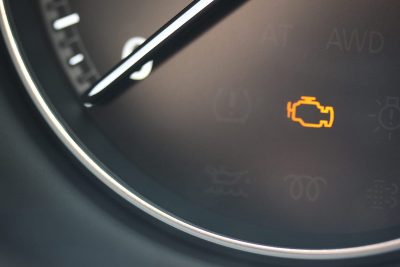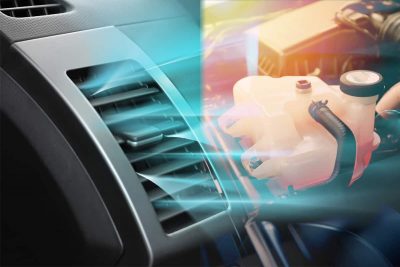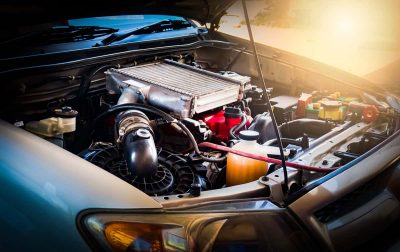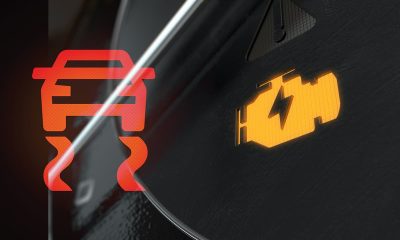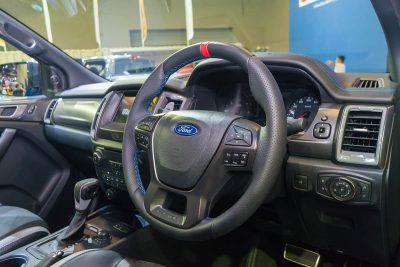The gas light usually turns on when your gas tank has around 10 to 15% of gas left. Depending on the make and model of your car, you may be able to drive an additional 10 to 30 miles, but it depends on the gas tank capacity and average mileage per gallon.
The O/D Off light or Overdrive Off light indicates when the vehicle’s overdrive function has been turned off. Overdrive is a gear that allows the vehicle to operate at a higher speed with less engine RPM, improving fuel efficiency and reducing noise.
A fully-charged Tesla battery covers a distance of between 250 and 400+ miles, depending on the car model. Overall, a Tesla battery is good for roughly 1,500 cycles or between 300,000 and 500,000 miles.
The correct wrench size will correspond with the size of the battery nut. In most cases, that means the wrench should be 8 or 10 millimeters. Check your car’s manual to see what wrench size you need to connect and disconnect the car battery.
The size of battery bolts varies based on the type and brand of battery, but most battery bolts used in cars have a standard size. They are typically 10 millimeters in diameter (about 0.4 inches) and 1.24 inches long. The thread size of these bolts is 5/16 inches,
The average timeframe for recharging a dead car battery is between 10 and 24 hours. To get a more precise figure, divide the battery’s amps by the charger’s amps per hour—this should give you a rough estimate of how many hours it will take to fully recharge an empty car battery.
In the case of a transient issue, the check engine light may reset itself between engine starts. Most of the time, the indicator will return the next time the engine is started.
The weight of a car engine varies, but on average, it weighs between 300 and 700 pounds. Larger engines, such as V8s, usually weigh between 400 and 700 pounds, while smaller V6 engines typically weigh between 300 to 450 pounds. It is worth noting that diesel engines tend to be heavier and can weigh more than 700 pounds.
Engine coolant helps regulate the temperature of the engine, and it also plays a role in the AC system. If the coolant level is too low, the compressor, which is a critical component of the AC system, may not receive enough lubrication, leading to decreased performance or complete failure.
Knocking or tapping noises from the engine could mean that your car is running out of oil. This could indicate the need for maintenance on the engine or the replacement of a worn valve or lifter.
When the check engine and traction control lights turn on simultaneously, it could mean any of the following.
Both car owners and repair shops can benefit from knowing how to read diagnostic trouble codes. When the error code is found, the source of the problem can be zeroed in on and fixed. Today, we’re going to focus on the types of error codes that show up on Ford F150s.
